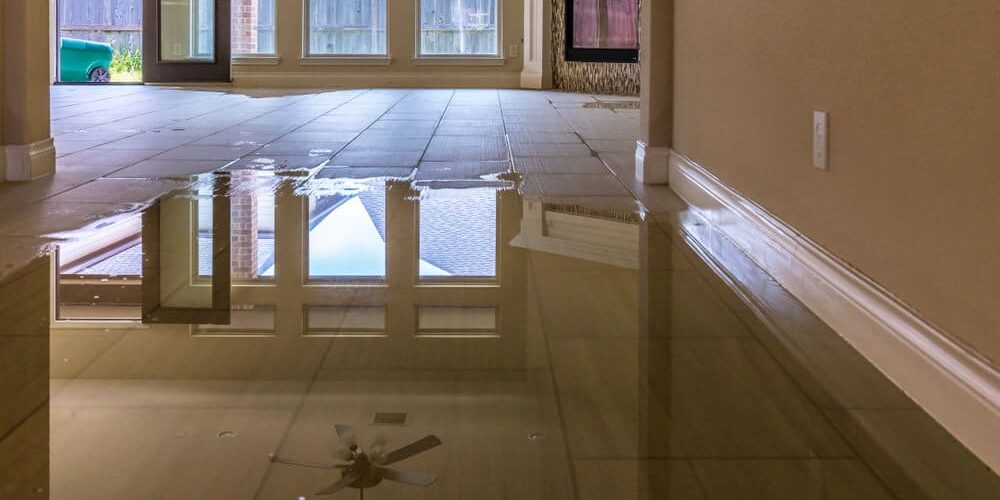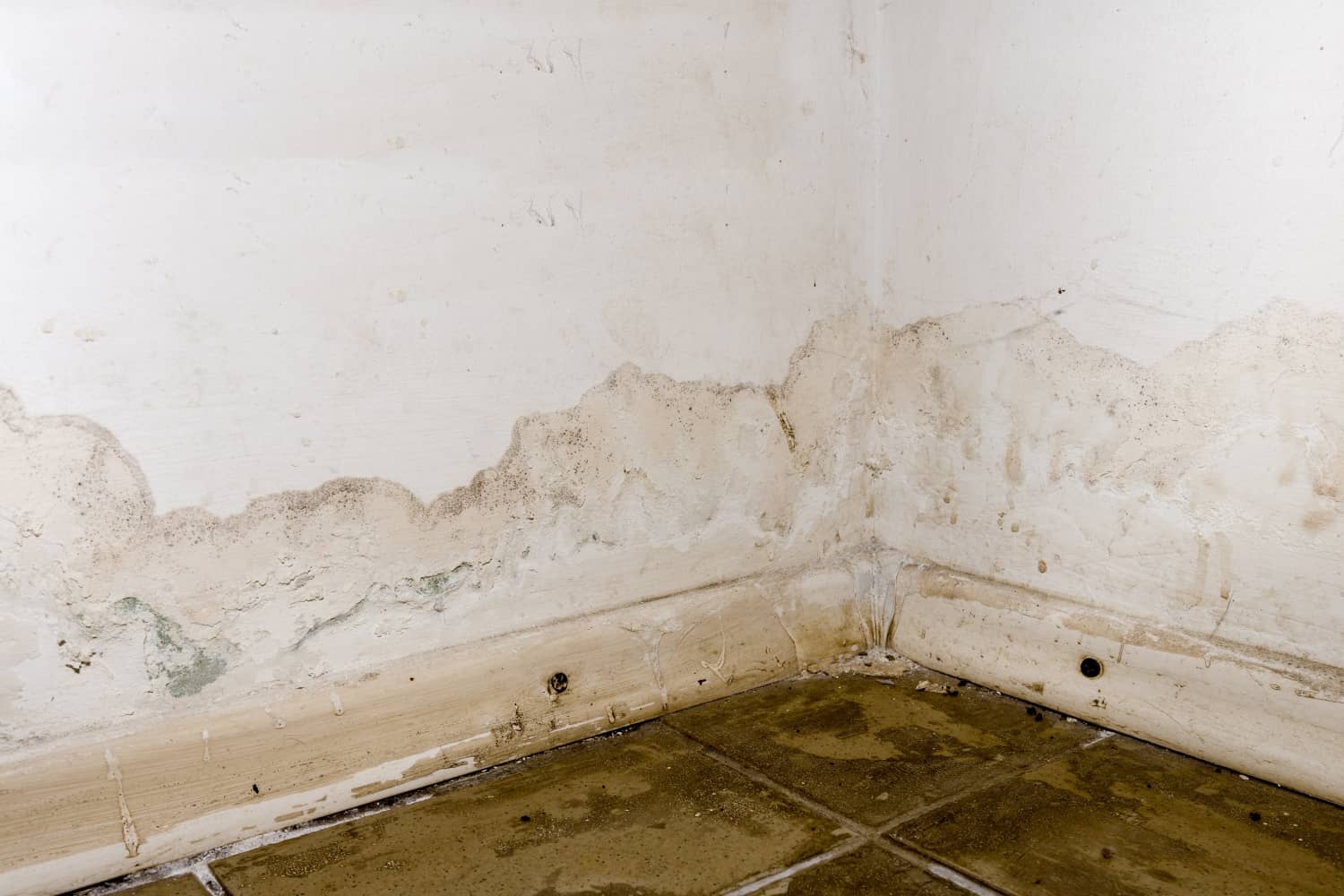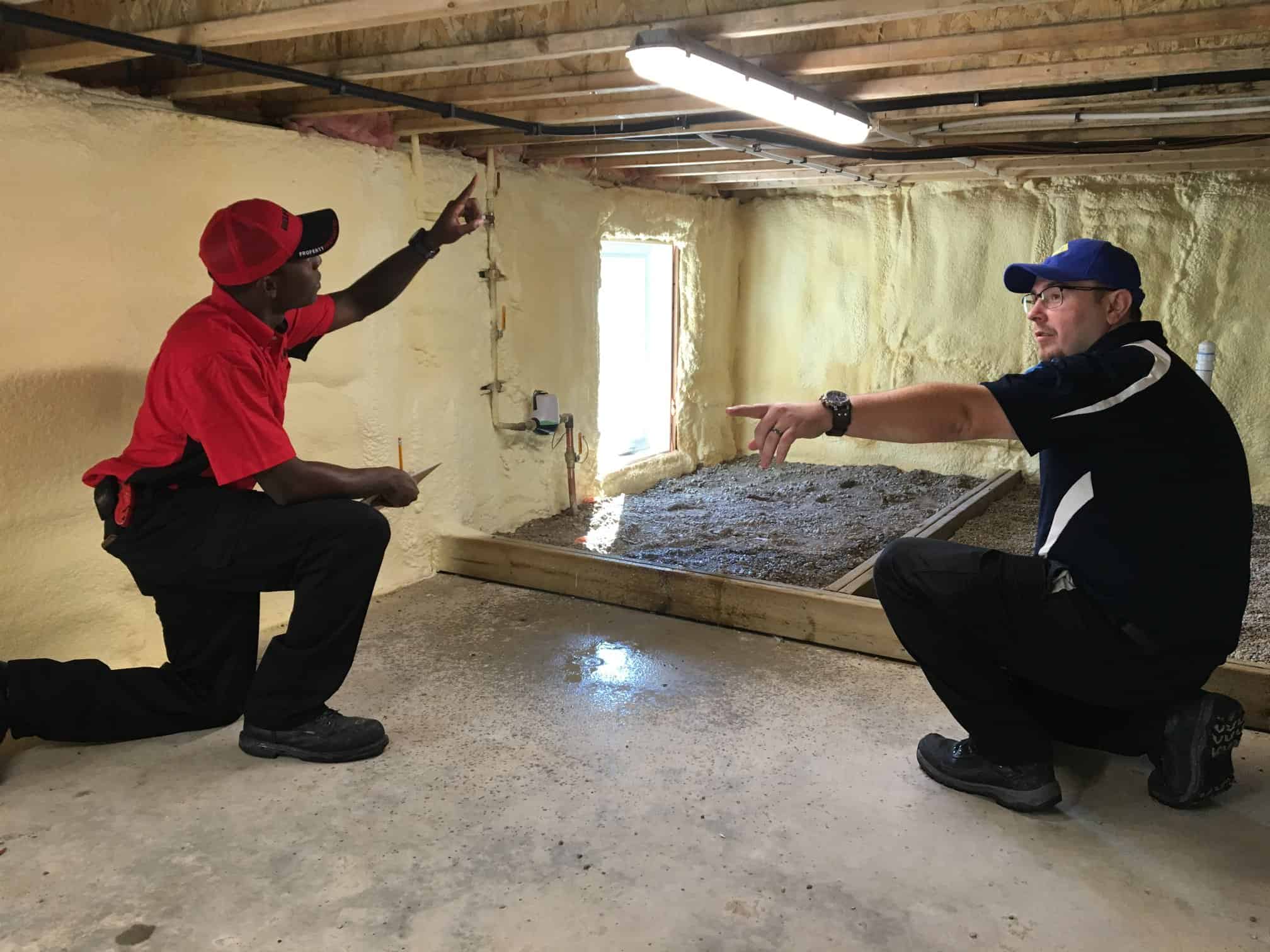Trusted Water Damage Repair Services for Residential and Commercial Properties
Wiki Article
The Process of Water Damage Cleanup: Guaranteeing Your Home Is Recovered Properly
Water damages can be a complicated challenge for house owners, requiring a structured and careful cleanup procedure to restore security and capability. Originally, a thorough evaluation is crucial to recognize the extent of the damage and figure out the suitable removal actions. Following this, reliable water removal methods play a crucial role in alleviating additional injury. The subtleties of drying, sanitizing, and eventual remediation are just as important and commonly ignored. Recognizing these phases can make a significant distinction in the end result of your home's repair, motivating a closer appearance at what each step involves.Evaluating the Damage
Upon uncovering water damage, the initial step is to completely evaluate the extent of the effect. This first evaluation is essential, as it helps identify the required steps for reliable clean-up and remediation. Begin by inspecting the influenced areas, consisting of wall surfaces, ceilings, floors, and personal possessions, to identify the source of the water breach, whether from flooding, leaks, or condensation.Documenting the damage is important for both insurance claims and intending restoration initiatives - damage restoration services. Usage pictures and written notes to capture the severity of the damages, noting any type of damaged architectural aspects and materials. Pay special attention to areas that might not be instantly visible, such as behind wall surfaces and under rugs, as hidden moisture can cause further issues, consisting of mold development
Furthermore, analyze the timeline of the water direct exposure. Inevitably, a thorough evaluation lays the foundation for a successful water damages cleanup process, ensuring that all impacted areas are addressed efficiently and extensively.
Water Removal Methods

Professionals normally utilize completely submersible pumps for bigger volumes of water, which can swiftly relieve flooding in basements or other affected areas. For smaller quantities, wet/dry vacuums are typically used to draw out recurring dampness from carpetings and tough surface areas. Additionally, using portable extractors permits for targeted removal in restricted spaces or areas with delicate materials.
In instances of infected water, such as sewage or floodwater, progressed extraction strategies might entail using biohazard tools to guarantee security and compliance with health laws. High-powered extraction tools are important in lessening water retention in architectural materials, which can cause mold growth and architectural damage if not dealt with promptly.
Inevitably, the efficiency of water extraction techniques plays a critical role in the general success of the water damage cleaning process, laying the foundation for succeeding remediation efforts.
Drying and Dehumidification
When standing water has been successfully extracted, the following essential phase in the water damage cleaning process is drying out and dehumidification. This action is necessary to avoid further damages and mold and mildew development, which can occur within 24 to 2 days in wet environments.To attain reliable drying, specific equipment such as industrial-grade air movers and dehumidifiers is utilized. Air movers flow air across damp surface areas, enhancing dissipation rates, while dehumidifiers minimize humidity degrees airborne, advertising a favorable setting for drying. The combination of these tools makes sure that dampness is drawn out from furnishings, walls, and floors, allowing them to completely dry extensively.
It is very important to check the drying out procedure very closely. Professionals commonly make use of wetness meters to analyze the dampness material in different products, guaranteeing that all affected locations get to appropriate dryness levels. This thorough approach helps to avoid hidden dampness pockets that could bring about structural damage or unhealthy mold growth.

Cleaning and Sanitizing
After the drying and dehumidification phase is complete, the next important action in water damages cleaning is cleaning and sanitizing the impacted areas. This procedure is essential to avoid the growth of mold and mildew, germs, and other microorganisms that thrive in wet settings.The cleaning phase generally includes getting rid of any type of debris, dust, and pollutants from surfaces making use of specialized cleansing representatives. For difficult surfaces, a combination of soap and water or commercial cleaning items is usually utilized. Soft products, such as upholstery and rugs, might call for extra extensive cleaning techniques, including steam cleaning or deep extraction strategies, to ensure detailed cleanliness.

Disinfecting adheres to cleansing, utilizing EPA-approved disinfectants to eliminate harmful bacteria. This action is necessary, specifically in locations that might have come right into contact with floodwaters or sewage, as these resources can posture serious health dangers.
Additionally, it is necessary to address any remaining odors, which may require the use of odor neutralizers or advanced techniques like ozone therapy. Appropriate cleaning and sterilizing not only restore the safety and health of your home yet also prepared for effective restoration and repairs in subsequent phases of the water damages cleaning process.
Reconstruction and Fixings

As soon as the assessment is total, repair efforts can start. In addition, flooring may need comparable attention, depending on the degree of water direct exposure.
It is important to engage seasoned remediation professionals throughout this procedure, as they have the know-how to handle complicated fixings efficiently. They can aid mitigate prospective future problems, such as mold development or structural instability, thus making sure a secure and habitable living setting. Eventually, efficient restoration and repairs recover the home's integrity and improve its total value.
Conclusion
To conclude, the procedure of water damages clean-up is essential for restoring a home to its pre-damage problem. Each stage, from analyzing the damages to carrying out reliable water extraction methods, adhered to by detailed drying, disinfecting, and required fixings, plays an essential duty in making sure safety and security and conformity with structure criteria. Efficient implementation of these steps not only minimizes immediate damage however likewise boosts the lasting water damage restoration stability and worth of the building.Water damage can be a difficult difficulty for property owners, requiring a structured and thorough cleaning procedure to restore security and functionality. Ultimately, a detailed evaluation lays the groundwork for an effective water damages cleanup procedure, making sure that all influenced areas are dealt with successfully and completely.
Reliable water extraction strategies are necessary in reducing damages and protecting against additional complications complying with a water intrusion event.In verdict, the procedure of water damages cleanup is vital for bring back a home to its pre-damage problem. Each stage, from examining the damages to carrying out effective water removal methods, followed by comprehensive drying out, disinfecting, and essential fixings, plays a necessary function in ensuring safety and compliance with structure standards.
Report this wiki page